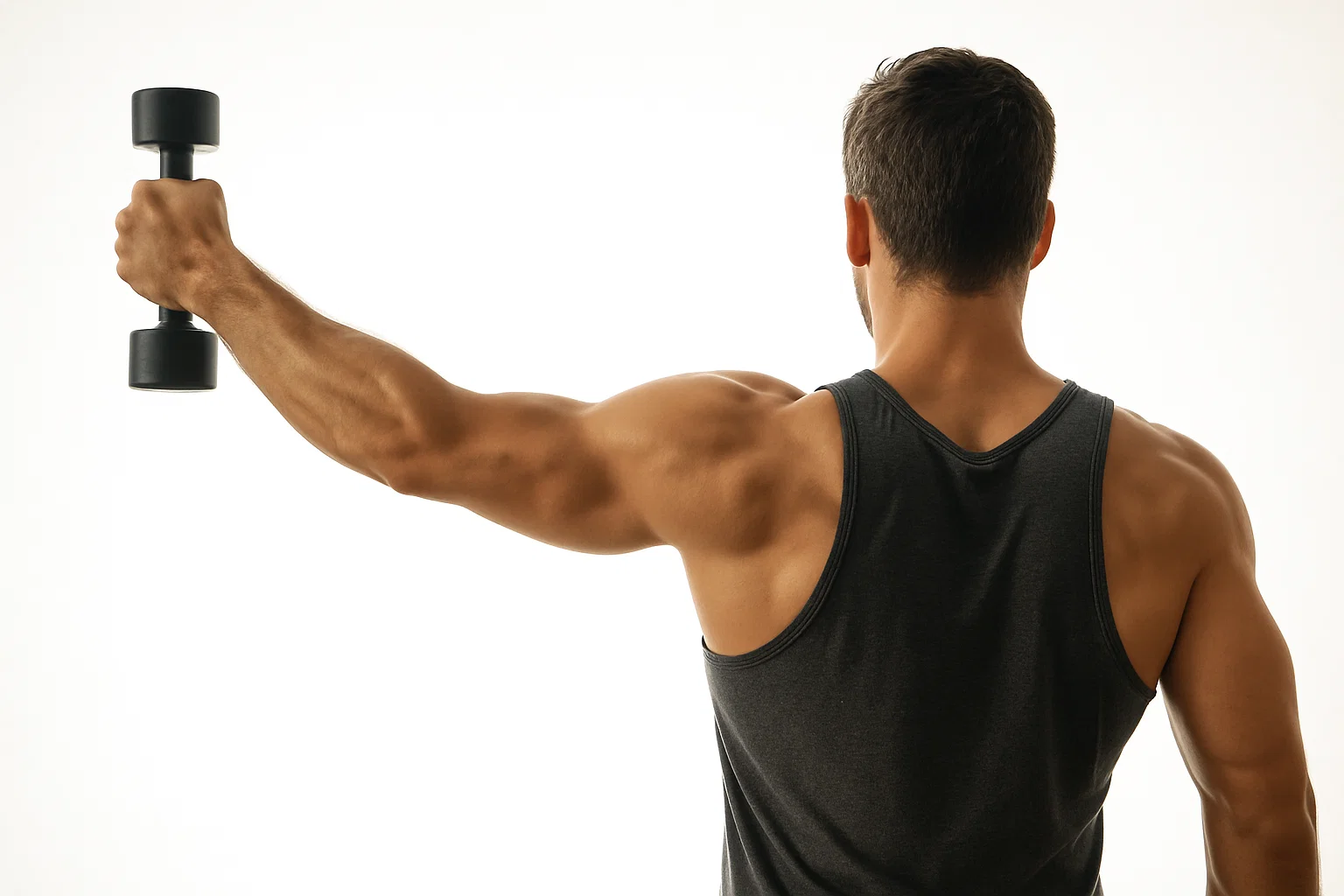See Also:
Rehabilitation Goals
• Protect the surgical repair while preventing stiffness
• Gradually restore full, pain-free range of motion (ROM) and scapular control
• Re-educate rotator-cuff and periscapular muscles for dynamic stability
• Build functional strength and endurance for work, sport and daily activities
• Return safely to contact or overhead sports without re-dislocation
Expected Recovery Time
| Milestone | Typical Time Range |
|---|---|
| Sling weaned to nights only | 3–4 weeks |
| Active ROM equal to contralateral shoulder | 10–12 weeks |
| Full strengthening without pain | 16 weeks |
| Light jogging / non-contact conditioning | 12–14 weeks |
| Non-contact sport skills (throwing, swimming) | 4–5 months |
| Full contact or collision sport clearance | 5–6 months |
Phase 1: Early Post-op (0–2 weeks)
Goals
• Protect repair; control pain and swelling
• Maintain distal joint mobility (elbow, wrist, hand)
Instructions
• Wear sling continuously except for hygiene and exercises
• Sleep semi-reclined; use ice pack 10–15 min every 2 h, ensuring the skin warms to ≥ 28 °C between applications
• Keep incisions clean and dry; no driving
Exercises
• Passive pendulums (small circles) × 3 sets of 20 s, 3–4× daily
• Elbow flex/extend, wrist circumduction, grip squeezes with putty
• Cervical spine ROM and scapular setting (gentle shoulder blade squeezes)
Phase 2: Protected Passive Motion (2–6 weeks)
Goals
• Achieve pain-free passive ROM limits without stressing repair
• Begin scapular motor control
Instructions
• Sling on in crowded environments; wean at home as comfort allows
• No abduction-external rotation beyond surgeon’s limit (usually 30–40° ER at side)
Exercises
• Supine passive flexion progressing to 140° by week 6
• Supine external rotation at side to 40°
• Table slides, assisted forward elevation with pulleys
• Scapular clocks and low-intensity isometrics for cuff (arm at side)
Phase 3: Active Motion & Early Strength (6–12 weeks)
Goals
• Restore full active ROM equal to opposite side
• Initiate light strengthening without pain or apprehension
Instructions
• Discontinue sling; avoid sudden traction forces (e.g. heavy lifting, dog leash)
• Heat pack before sessions if stiffness persists (apply to 38–40 °C for 10 min)
Exercises
• Active-assisted then active ROM in all planes
• Closed-chain scapular stabilization (wall push-ups plus, quadruped rocking)
• Theraband rotator-cuff strengthening (IR/ER at 0° abduction) 3× 15
• Begin light isotonic rows and prone “T–Y–I” raises
Phase 4: Strength & Control (12–16 weeks)
Goals
• Symmetrical strength and endurance of cuff and scapular musculature
• Dynamic shoulder stability through full ROM
Instructions
• Start proprioceptive drills only after full pain-free ROM achieved
Exercises
• Progressive resistance: dumb-bell presses ≤ 70° abduction, resisted ER at 90° abduction
• Plyometric rebounder chest pass (2 kg) at chest level
• Rhythmic stabilisation (perturbations) in multiple positions
• Upper-body ergometer (arm crank) 10–15 min for endurance
Phase 5: Functional & Return-to-Sport (16 weeks – 6 months)
Goals
• Sport-specific strength, power and neuromuscular control
• Confidence with overhead or contact activities without episodes of instability
Instructions
• Progress only if strength ≥ 90 % of contralateral side and no apprehension on relocation test
Exercises
• Interval throwing/swimming program; graded racket or serve drills
• Push-ups and bench press progressing to body-weight then +5–10 % load
• Medicine-ball rotational throws, overhead slam-downs
• Contact athletes: tackle bags, resisted movement patterns under supervision
When to Contact Your Surgeon
• Fever > 38 °C or wound redness, discharge or foul odour
• Sudden increase in pain, swelling or loss of motion
• Numbness or tingling persisting beyond 24 h
• Sense of “giving-way” or redislocation episode
• Mechanical clicking associated with pain
• Any concerns about returning to work or sport
Disclaimer
This is a general guideline. Your physiotherapist or Dr Lambers may adjust the protocol based on your specific condition and progress.
